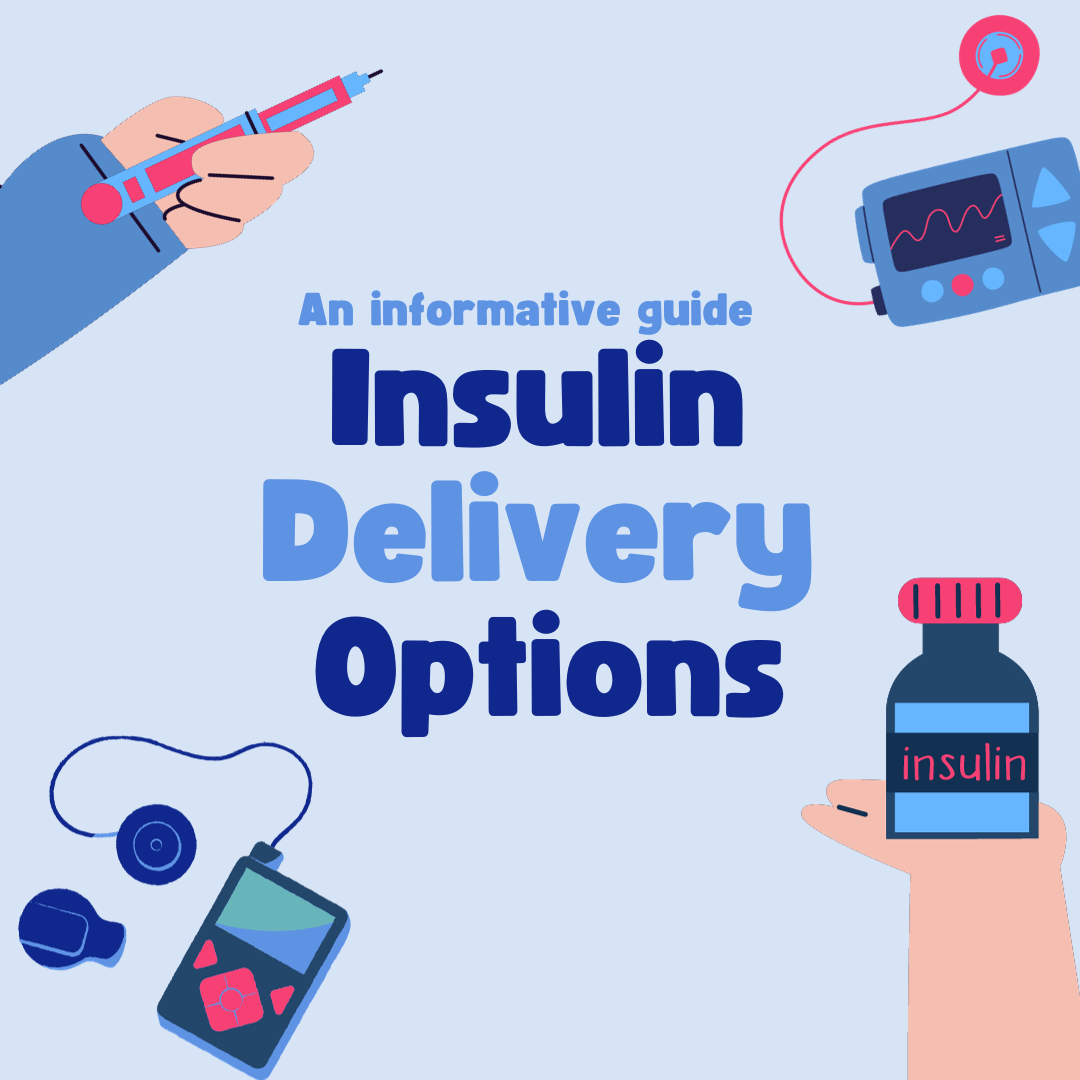
Insulin Delivery Options
Dated : 06 Jan 2024
Effective diabetes management is crucial for individuals with Type 1 Diabetes (T1D). Insulin therapy is a cornerstone of T1D management, and there are several options available. This blog post explores three common methods: traditional insulin injections, insulin pumps, and the emerging closed-loop system. Each approach has its advantages and considerations, allowing individuals with T1D to tailor their treatment to their specific needs.
Insulin Injections:
Insulin injections are the classic method of insulin delivery. They involve using a syringe or insulin pen to administer insulin subcutaneously (just under the surface of the skin). Here are some key points:
Advantages:- Simple and cost-effective.
- No need for extra devices.
- Suitable for those who prefer multiple daily injections.
Considerations:
- Requires multiple daily injections.
- Involves two types of insulin - short acting (for meals) and long acting insulin (taken once a day).
- May be less precise than other methods making it slightly difficult to achieve 70-80% levels in range.
- Can be challenging for those with needle phobias.
Insulin Pump:
Insulin pumps are small devices that continuously deliver basal insulin and allow users to administer bolus doses as needed. Shorting acting insulin is delivered automatically in small doses as the insulin pump is attached to the body, mimicking the basal insulin. It often needs to be changed every 3 days. Here's what you need to know:
Advantages
- Intended to mimic the natural insulin release in human bodies and requires only one type of insulin.
- Provides precise insulin delivery with up to 0.01 units of insulin administered at short intervals to mimic the basal insulin.
- Increased flexibility and better management as the user can adjust how much insulin is being administered. This makes basal doses changeable on a half hourly basis, helping better manage diabetes.
- Offers flexibility in meal planning and lifestyle - less hassle of changing needles, taking insulin in a private space etc.
- Reduces the need for multiple injections.
Considerations:
- Requires regular monitoring and maintenance.
- Users need to be comfortable with tubing and infusion sets. The pump is meant to be attached to the body of the user at all times. Most pumps have a tube attached to the pump leading to the monitor that has the insulin reservoir and the controls to regulate insulin delivery or change settings. This is not always comfortable.
- Can be costly, and not everyone has access to one.
Closed Loop System:
The closed loop, or artificial pancreas system, is an advanced technology that combines an insulin pump with a continuous glucose monitor (CGM). A CGM is a device that is attached onto the user’s body and continuously measures glucose levels. The levels can be seen on an app connected to the sensor on the body via bluetooth. The closed loop system automatically adjusts insulin delivery based on real-time glucose levels. Here's why it's gaining attention:
Advantages:
- Offers optimal blood sugar control with the ability to reach 90-100% levels in range if used correctly.
- The pump automatically reduces or increases the basal insulin based on the glucose levels of the CGM. This reduces the risk of hypoglycemia and hyperglycaemia.
- Greatly simplifies mealtime insulin calculations.
Considerations: